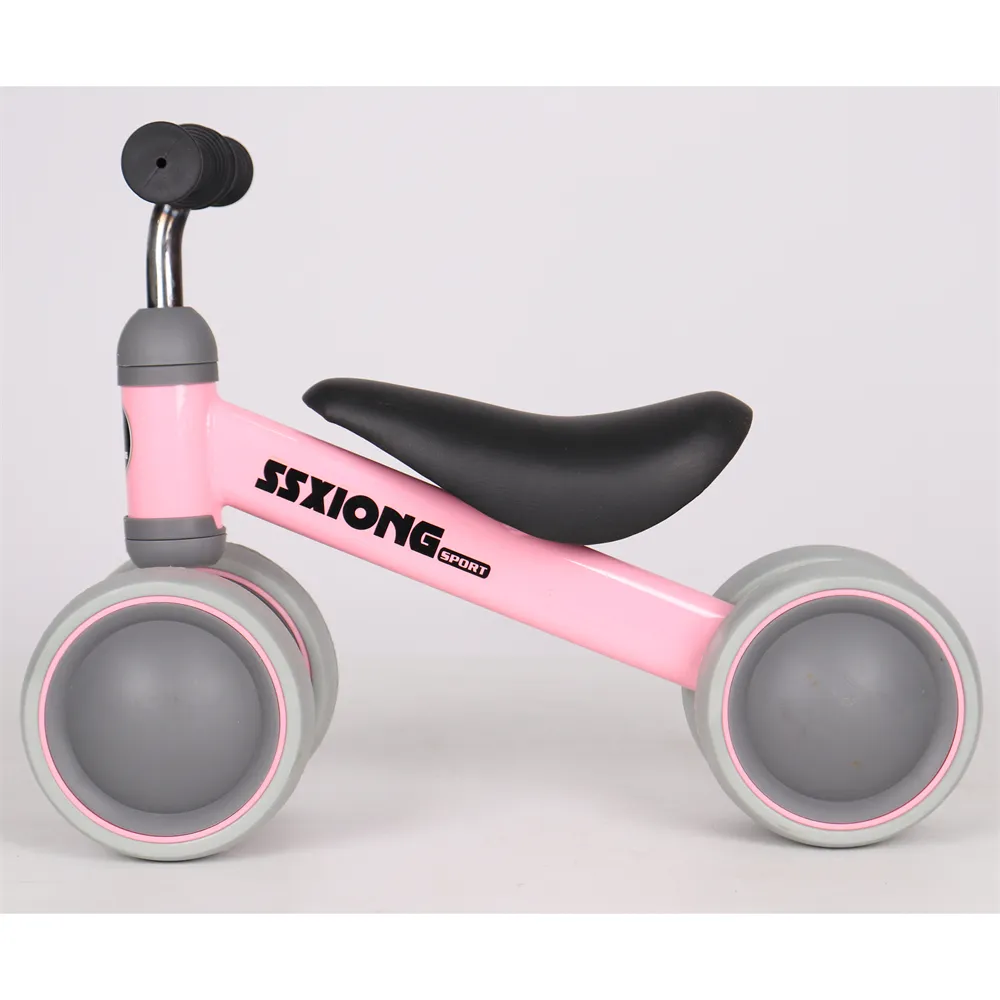Key Distinctions Between Hybrid Bikes and Mountain Bikes for Outdoor Enthusiasts
The Difference Between a Hybrid Bike and a Mountain Bike
When it comes to cycling, choosing the right bike can significantly enhance your riding experience. Two popular types of bicycles are hybrid bikes and mountain bikes, each designed for different terrains and riding styles. Understanding the differences between these two types of bikes can help you make an informed choice, whether you're a casual rider or a serious cyclist.
Design and Frame
The primary difference between hybrid and mountain bikes lies in their design. Hybrid bikes typically feature a lightweight frame that strikes a balance between road and off-road cycling. Their design is more akin to that of a road bike but with a more comfortable upright seating position. This makes hybrid bikes ideal for commuting or leisurely rides on a variety of surfaces, including paved roads and light trails.
On the other hand, mountain bikes are built for rugged terrains. They have a sturdier, reinforced frame designed to withstand the challenges of rugged trails, rocks, and steep descents. The geometry of mountain bikes usually features a lower bottom bracket and a shorter top tube, which helps provide better stability and control when navigating rough areas.
Tires and Wheels
The tires on hybrid bikes are another distinguishing feature. They usually sport medium-width tires, offering a balance of speed and traction. This design allows for efficient riding on both smooth roads and light off-road paths. The tread pattern is generally less aggressive than that of mountain bikes, making them less suitable for very rough terrains but giving them an edge in terms of speed on paved surfaces.
Mountain bikes, in contrast, are equipped with wide, knobby tires designed to provide maximum grip and stability on rough and uneven terrain. These tires allow riders to tackle steep hills and rocky paths with confidence but can make pedaling on smooth surfaces more laborious compared to hybrid bikes.
difference between a hybrid and mountain bike

Gearing and Suspension
Hybrid bikes often come with a simpler gearing system, which can range from a single-speed setup to a multi-gear transmission. This makes them straightforward to ride, especially in urban environments where frequent gear changes are unnecessary. They usually have a more limited range of gears compared to mountain bikes, focusing on ease of use and comfort rather than extreme variations in terrain.
Mountain bikes feature a more complex gearing system designed for varying inclines and declines. Riders can shift quickly through a wide range of gears, making it easier to conquer steep hills. Additionally, most mountain bikes come with front or full suspension systems to absorb shocks from rough trails, which is essential for a comfortable ride when navigating bumpy paths.
Riding Position and Comfort
When it comes to comfort and riding position, hybrid bikes are designed for a more upright and relaxed posture. This is especially beneficial for long rides as it reduces strain on the back and neck. The handlebars are usually higher, and the distance between the seat and handlebars is shorter, making them ideal for casual riders or commuters looking for a comfortable setup.
Mountain bikes, while they can be comfortable with the right adjustments, often promote a more aggressive riding position. The lower handlebars and longer reach mean that riders may adopt a forward-leaning stance. This position is advantageous for control and power during descents and technical rides but might lead to discomfort over longer distances on flat terrain.
Conclusion
In summary, the choice between a hybrid bike and a mountain bike boils down to how and where you plan to ride. If you are looking for versatility, comfort, and efficiency on a variety of surfaces, a hybrid bike is a quality choice. However, if you plan to tackle demanding trails, steep climbs, or need a bike made specifically for rough terrains, a mountain bike is the better option. Ultimately, personal preference and intended use will dictate which bike is best suited for you.
-
Baby Balance Bike OEM Service – Kids No-Pedal, LightweightNewsNov.10,2025
-
OEM Kids Bike Children Bicycle – Cheap Wholesale BicyclesNewsNov.10,2025
-
Kids Bike New Model 12–18 inch Boys & Girls Bike, AdjustableNewsNov.10,2025
-
China Cheap Price Safe Kids Bike for 10yo w/ Training WheelsNewsNov.10,2025
-
China CE-Certified Kids Balance Bike, Guaranteed QualityNewsNov.10,2025
-
Colorful Outdoor Flashing Carton Children Scooter for KidsNewsNov.10,2025
-
Best Price Kids Balance Bike – Superior Quality, No PedalsNewsNov.10,2025








